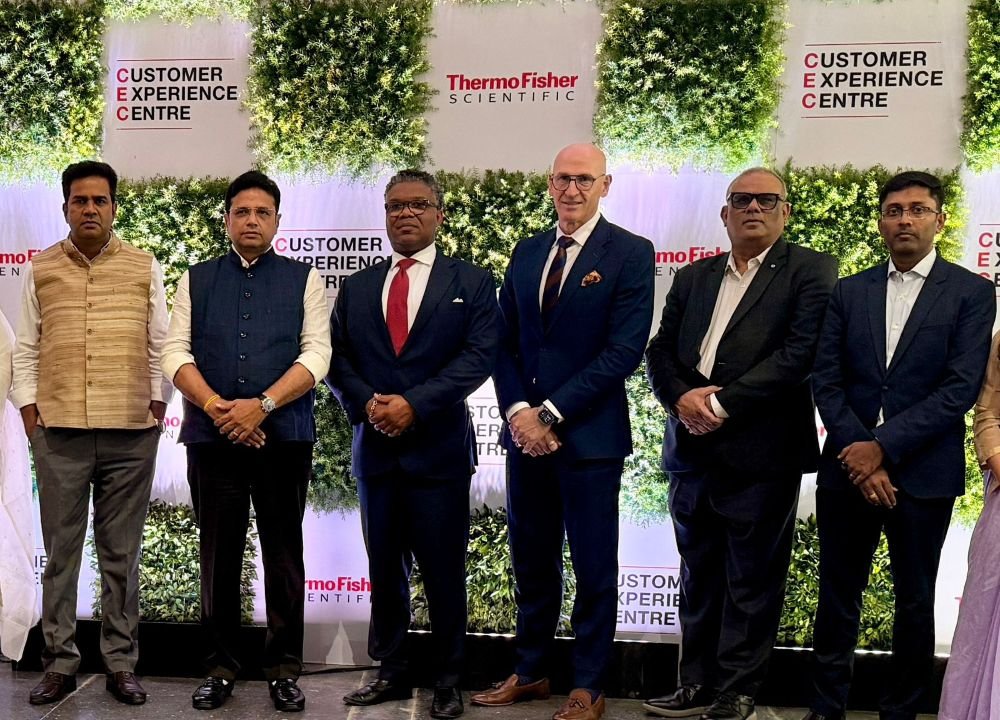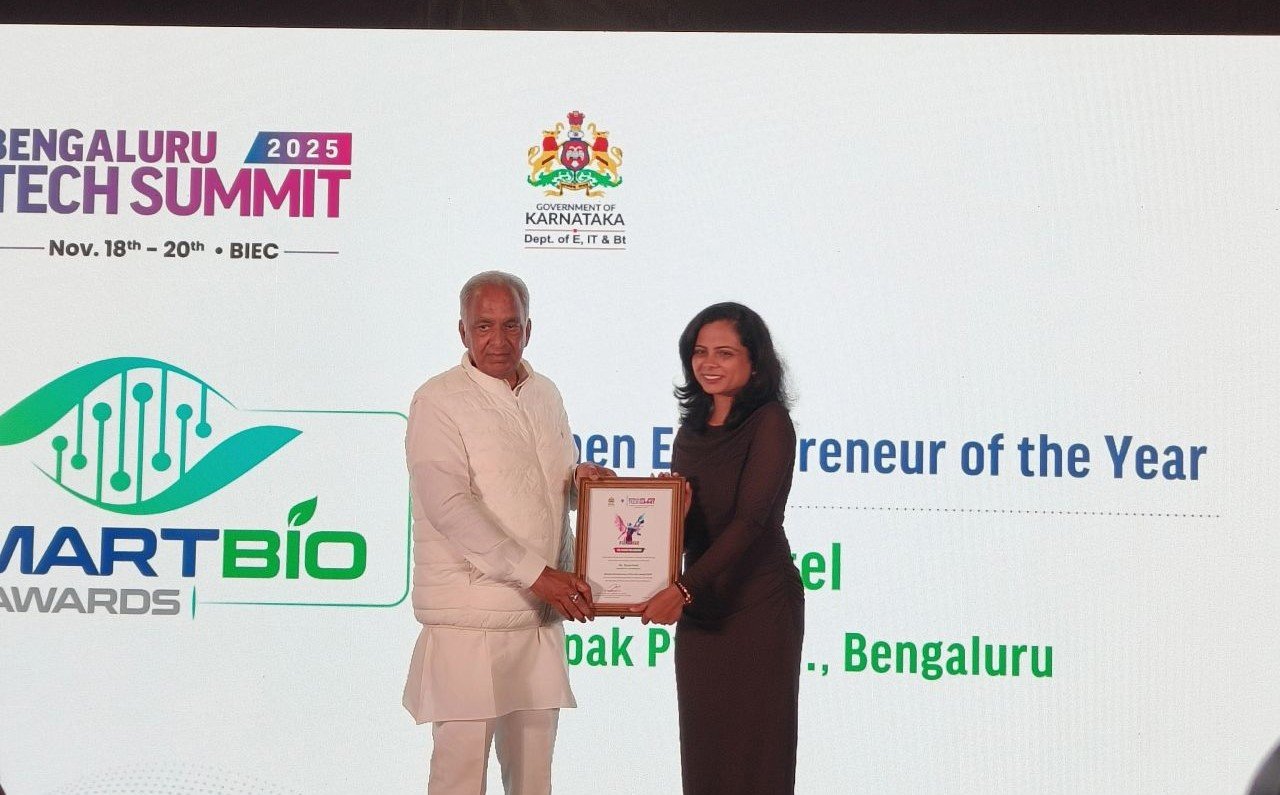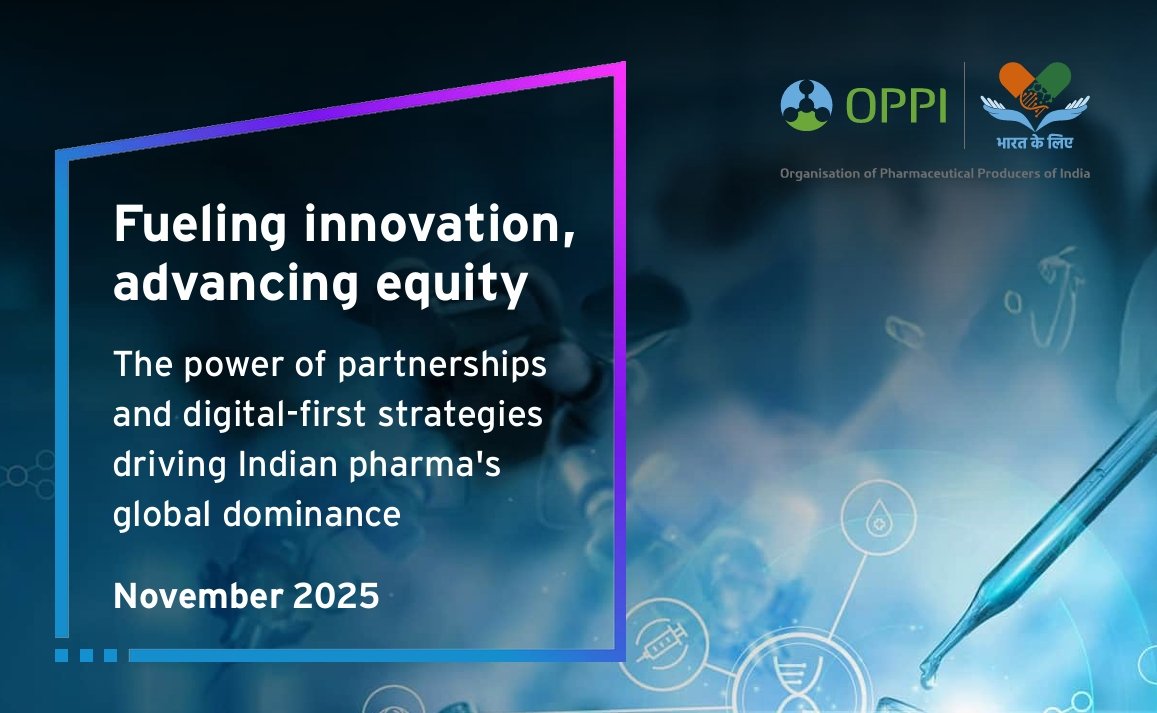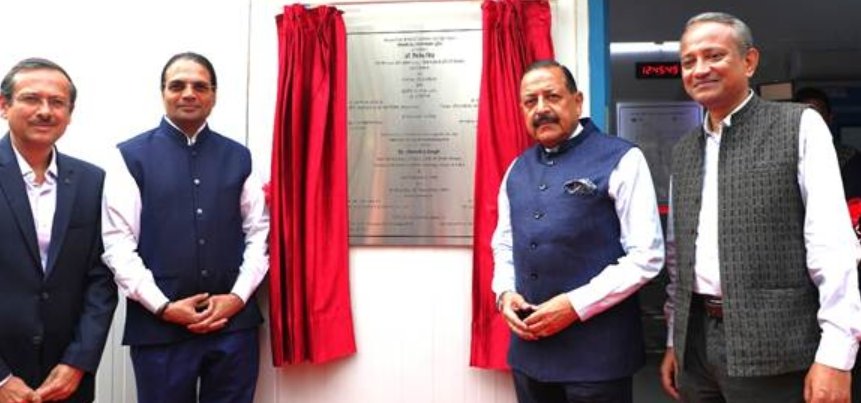Combatting AMR with New Strategies and Technologies
November 03, 2022 | Thursday | Views | By Amit Chopra, Managing Director- India and South Asia, Thermo Fisher Scientific
The global rise of Antimicrobial Resistance (AMR) is one of the biggest health challenges of our century, and it requires urgent measures. Over the past decade, the issue of AMR has become prominent on the global health agenda, and the World Health Organisation (WHO) recognises that its containment requires a multi-pronged approach to achieving Sustainable Development Goals (SDGs).
The development of AMR is part of a natural evolutionary process among microorganisms that protects the cell from the effects of specific antibiotics. However, the increased use, and misuse of antimicrobials accelerates the spread of resistance mechanisms, leading to the development of resistant bacteria that are untreatable with the antibiotics currently in use. The detection, correct diagnosis, treatment and surveillance of antimicrobial resistant organisms are key to fighting this growing global issue.
The steadily increasing prevalence in the resistance rate of microbes, will likely result in increased mortality and morbidity, longer hospital stays and accelerated healthcare costs which can result in reduced efficiencies and have a profound economic impact.
Economic projections suggest that by 2050, AMR would decrease GDP by 2-3.5 per cent with a fall in livestock by 3-8 per cent.
While various surveillance programmes have been set up across the globe to monitor trends in AMR levels, much of the focus is shared between geographies. There are also regional differences depending on the prevalence of antimicrobial use and AMR trends.
India scenario
India has one of the highest rates of resistance to antimicrobial agents used in humans and in food for animals. In the past decade, the disproportionate rise in AMR rates in India, in all three sectors - human, animal and environmental parameters, is a matter of concern.
The unregulated use of antibiotics in the food chain, through the food the animals consume and treatment with the same antibiotics as humans, is blurring the divide between the two species.
Emergence of new strains of multi-drug resistant pathogens is also challenging the country’s diagnostic and therapeutic systems. The COVID-19 pandemic further compounded the irrational use of antibiotics.
Further, the pharma boom in India is causing a simultaneous rise in antibiotic-laden effluents, which are often discharged into water bodies.
Challenge
There is a committed effort by the scientific community to ensure that antibiotic use remains informed and measured to protect future healthcare.
Prevalence of communicable diseases, an overburdened public health system, limited laboratory capacity for etiology-based diagnosis and appropriately targeted treatment amplify India’s AMR issues. On one hand, the first-line of antibiotics are easily available over-the-counter while on the other, affordability of second- and third-line which are required when the first-line fails, is another area of concern. Importantly, we need stringent regulations or enforcement surrounding the production of low-quality or counterfeit antimicrobials.
India has demonstrated speed at scale in developing and manufacturing vaccines during the pandemic. Since vaccination can result in increased herd immunity, thereby lowering antibiotic use, vaccine development needs to be considered as a strategic pillar in the AMR response.
Declining private investments and lack of innovation in the development of new antibiotics are undermining efforts that need immediate attention.
Another area that needs to be addressed is the lack of research and surveillance data, as it hampers the estimation of the extent of AMR in India for a nationwide comparison.
Further, injudicious use of antimicrobials in plants and animals and inadequate treatment of waste waters are other factors that need to be considered in the efforts to combat AMR.
Solutions
Thermo Fisher Scientific provides solutions not only for conventional Antimicrobial Susceptibility Testing (AST) but also a range of molecular-based technologies which can help clinicians, veterinarians, food scientists, and public health officials determine AMR while supporting global and regional antimicrobial stewardship.
The Sensititre System combines manual, semi-automated, and fully automated tests within a single integrated AST platform using broth microdilution (BMD), the gold standard for AST accuracy.
Conventional methods for microbial identification and Antibiotic Susceptibility Testing (AST) are often marred by the time it takes to yield results. Over a period, pathogens develop resistant genes in response to the inhibitory effect of antibiotics. Technologies such as whole genome sequencing (WGS) help in identifying these changes at genomic level. For example, the Ion Torrent GeneStudio S5 by Thermo Fisher Scientific is a Next-Gen Sequencing (NGS) system for implementing fast and simple workflows for targeted and WGS of microbes from the DNA/RNA of the patient sample, with high accuracy. The instrument helps to identify mutations that may be associated with antibiotic resistance without the need to culture patient samples. The newly launched fully automated Genexus system enables end-to-end NGS workflow from biological specimen to final reporting with results delivered in as little as 24 hours. The system can enable increased adoption of the NGS technology for AMR testing.
A key advantage of the Ion AmpliSeq AMR Research Panel is that it can generate data from environmental DNA without the need for cell culture. The system has been serving as a key tool in research studies in wastewater and community surveillance. Another interesting application of this instrument has been in the identification of antimicrobial resistance in microbes from different surfaces on the International Space Station. These self-contained habitats lack the kind of circulation that can be protective against infections, increasing the hazards posed to astronauts by bacteria and other microbes, especially ones that resist common antimicrobials.
QuantStudio real-time PCR and digital PCR is based on Thermo Fisher’s proprietary microfluidic array plate technology. It offers a target-based approach for clinical testing of known markers of AMR. Over the last decade, mass spectrometry has reduced the time taken to identify microorganisms from 24 hours to just a few minutes.
Recent advances in flow cytometry, namely the application of bacterial viability dyes, improved resolution, and increased sophistication of multi-parameter analysis, have contributed to the method’s use in AST. However, advanced flow cytometry techniques are currently still limited to laboratories with a high degree of scientific expertise.
Isothermal calorimetric methods are also being investigated for use in AST and Minimum Inhibitory Concentration (MIC). By measuring the heat generated by biological processes in the living cells, laboratories can track heat flow curves that can be affected by the presence of resistant microorganisms or their products.
The HIV-1 Genotyping Kit with Integrase is based on the gold standard Sanger sequencing technology and enables the identification of drug-resistant mutations from the diverse and rapidly evolving HIV-1 virus.
One Health
The WHO’s call for ‘One Health' is an integrated, unifying approach to balance and optimise the health of people, animals and the environment. AMR has been identified as an important area of concern in which the One Health approach is particularly relevant.
At Thermo Fisher Scientific, the efforts are aligned to One Health through our Mission - to enable the customers to make the world healthier, cleaner and safer. The R&D teams continue to provide laboratories worldwide with innovative products that can play an essential role in the diagnostic pathway and guide treatment decisions.
Amit Chopra, Managing Director- India and South Asia, Thermo Fisher Scientific










